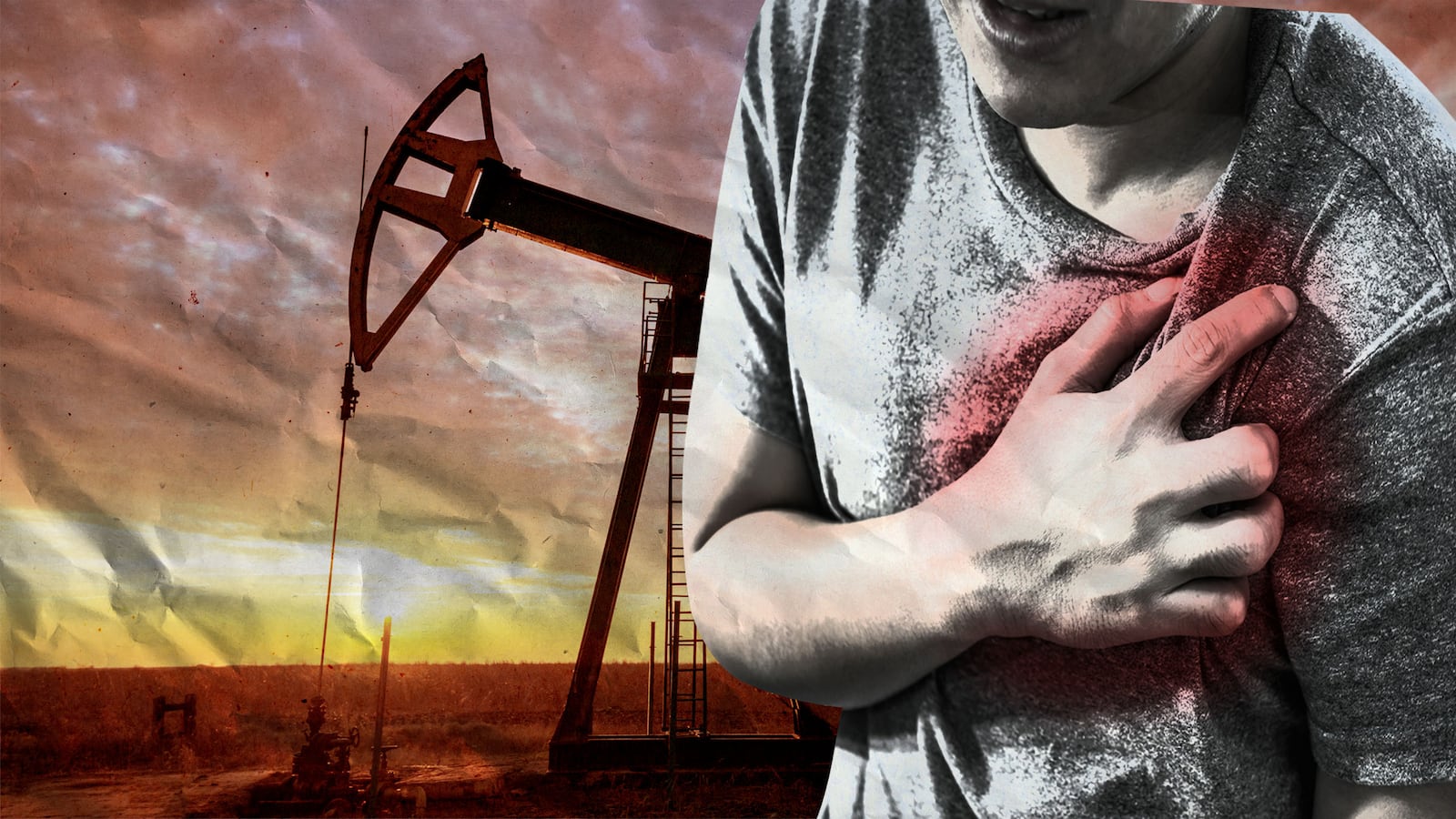The heart is one of the most studied, yet mysterious, organs of our body. The rise in cardiovascular disease means that it’s received endless scrutiny, its arteries and veins extensively mapped out. But we still don’t quite understand how it works, and why or how heart disease occurs.
Researchers have found an unexpected place for inspiration: the inside of hydraulically fractured—or fracked—oil and gas fissures within rocks..
“What we learn about these fracking microbes could have the potential to help answer questions about human health—including how plaque forms in our arteries when we have cardiovascular disease,” according to Mikayla Borton, Ohio State University environmental scientist and lead author of a recent study about microbe survival.
It’s becoming increasingly clear that microbe interactions have a serious role in the formation of the microbes that dwell deep in the gut, where their network either keeps people well or makes them sick. “The microbes found in the fracking mines have parallels with microbes found in other protein-rich ecosystems, including the human gut, and soil,” Borton explained in a press release.
A microbiome contains the genes of all of a person’s microbes, just as a liver is packed with all of a person’s liver cells. “It’s really important to know what these organisms can do—to grasp their (genetic) potential and metabolic interactions — and figure out what impact that might have on the ecosystem,” Borton said.
Fracking involves cracking open fissures in rocks deep in the earth by using high-pressure liquid, sand and chemicals, to extract oil or gas. Banned in some places and blamed by its opponents for poisoned groundwater, perilous air pollution, earthquake swarms and resulting insurance-rate upticks, fracking unsurprisingly spurs controversy wherever it goes. It doesn’t help that it’s a widely available energy source that creates good-paying jobs. Opponents argue that resulting contamination of surface and ground water, as well as toxic and radioactive wastes, are exempt from hazardous waste regulations.
And while fracking has faced plenty of environmental vitriol, it could have the potential of being a live simulation of how microbes thrive in crevices. That’s because microbes seem to do just that in the crevices created by fracking.
But how do these microbes survive their high-temperature, high-pressure and briny conditions, and (more importantly) could that explain how and why cardiovascular disease persists?
Dr. Kelly Wrighton at OSU, along with Borton and their team, has been exploring how viruses and microbes found in fracked wells persist and resist treatment in those very harsh conditions, and what that could show about our hearts.
Their findings show that groups of microbes interconnect and spawn either health or disease, life or death.
Sorting that out, however, is complicated. “First, we need to recognize that microorganisms are colonizing this critical energy reservoir,” Wrighton explained to The Daily Beast in an email. “Second, our findings have highlighted that shale-energy systems are governed by important interactions between microorganisms and the engineered infrastructure, and these interactions may have currently undefined detrimental and beneficial impacts on energy management.”

Wrighton said that what her team is working on is reining in these conditions. She hopes to harness these microbial processes for improved environmental sustainability and also enhanced natural gas recovery.
On the medical front, the microbiome’s status as a hot research trend has far more reach than our hearts: Mapping out interactions between microbes can generate more precise therapies to prevent or treat chronic inflammatory bowel disease, irritable bowel syndrome, obesity, non-alcoholic fatty liver disease, diabetes and neurological diseases—all thanks to figuring out how microbiomes travel in these constrained, harsh places.
Just as microbial infection can threaten human life, environmental dangers were also evident in the OSU study. The researchers observed microbes whose toxicity can be corrosive to equipment, including possibly pipelines. “Energy companies spend a lot of money and resources trying to get rid of life in these systems,” Wrighton pointed out in a press release.
Her team’s work promises to unspool in many as-yet-unknown directions implications even further from home. Rock fissures’ harsh conditions might yield details about how microbes survive on Mars. “Finding life in these rocky, salty, hard-to-survive conditions would not be dissimilar to finding life on another planet,” said Wrighton. “If we want to think about what life would be like if it could exist on Mars, this is probably a pretty good place to start.”
Wrighton recently applied for a NASA research grant to do just that.






